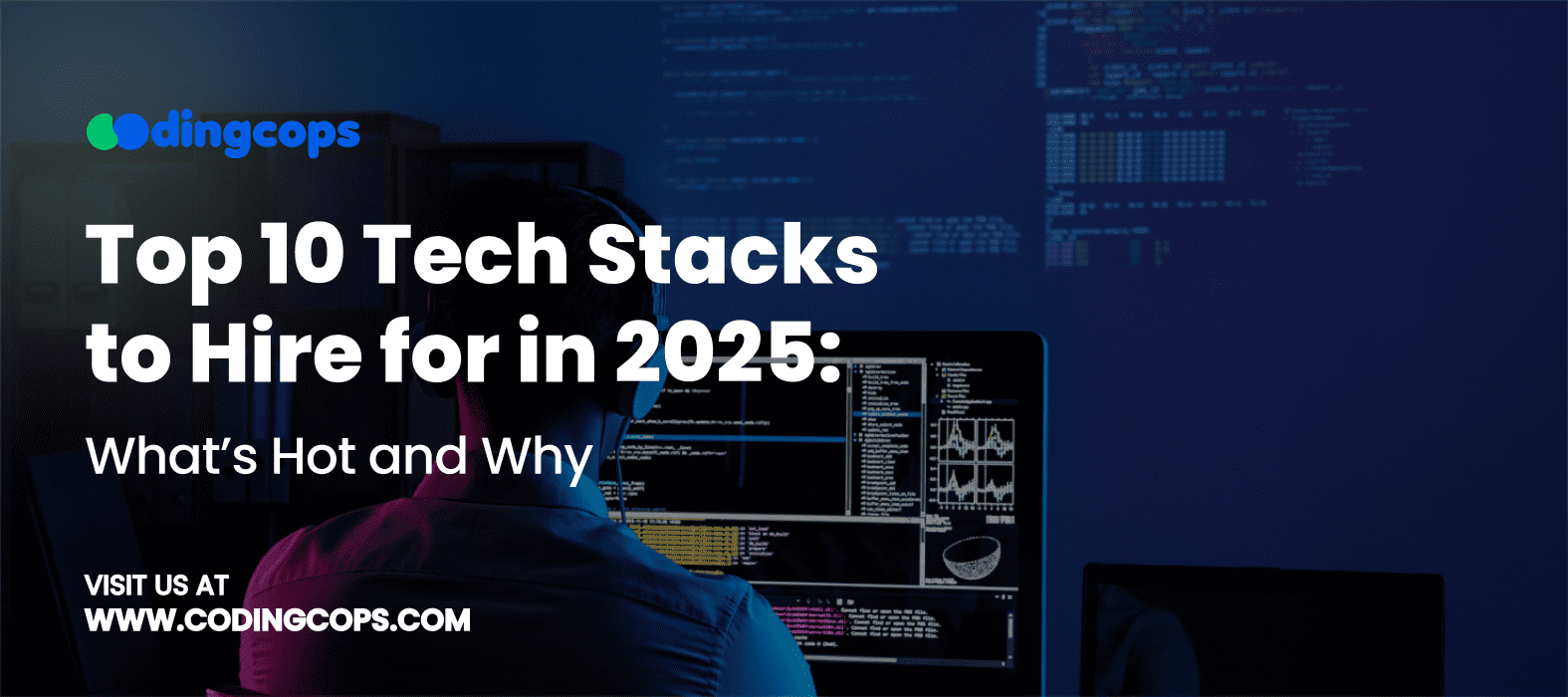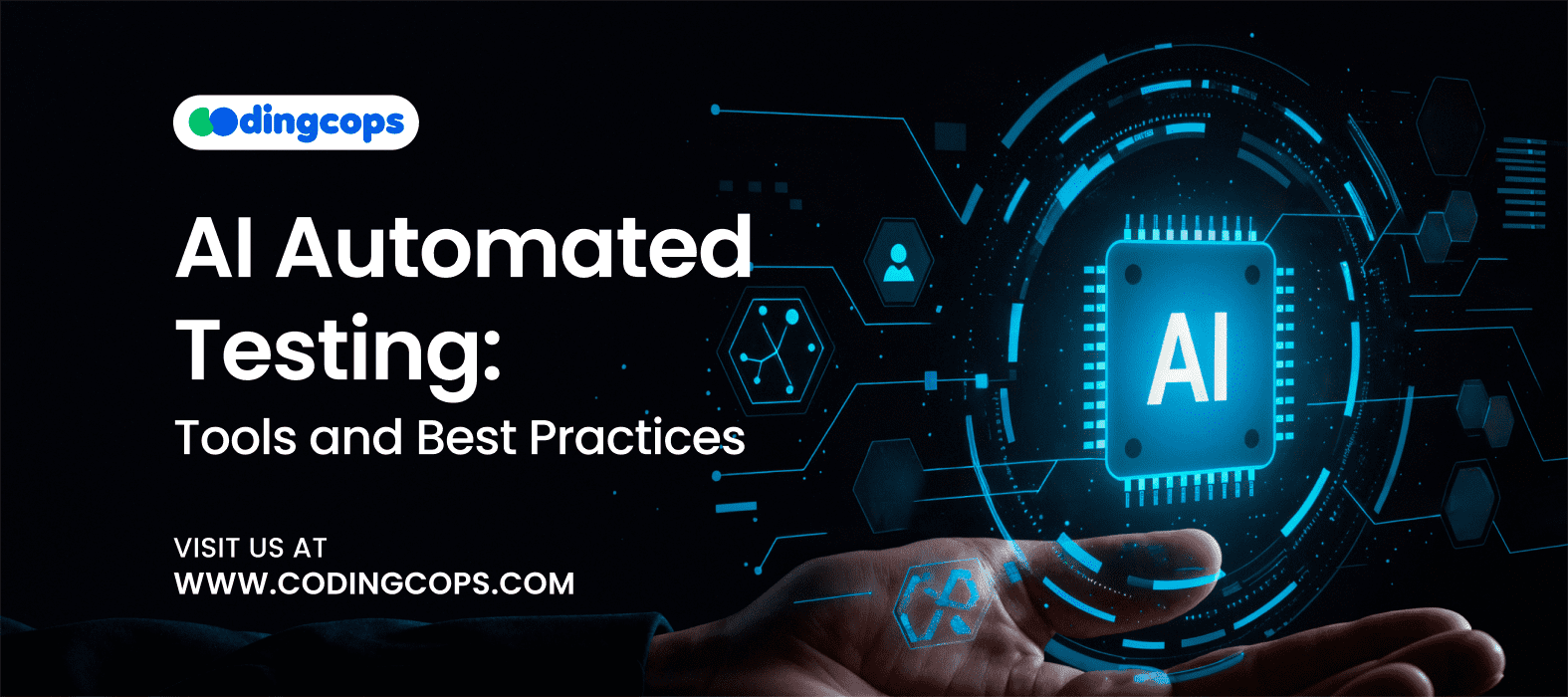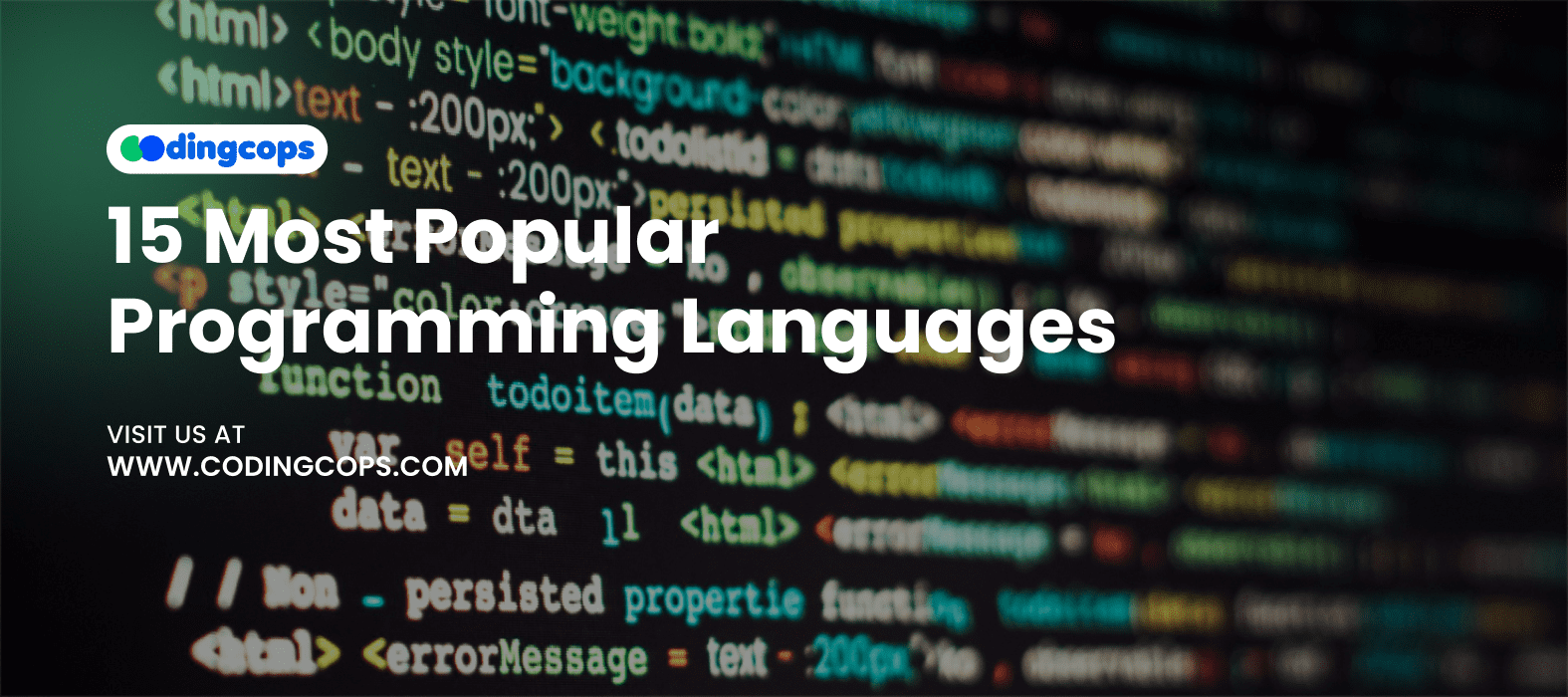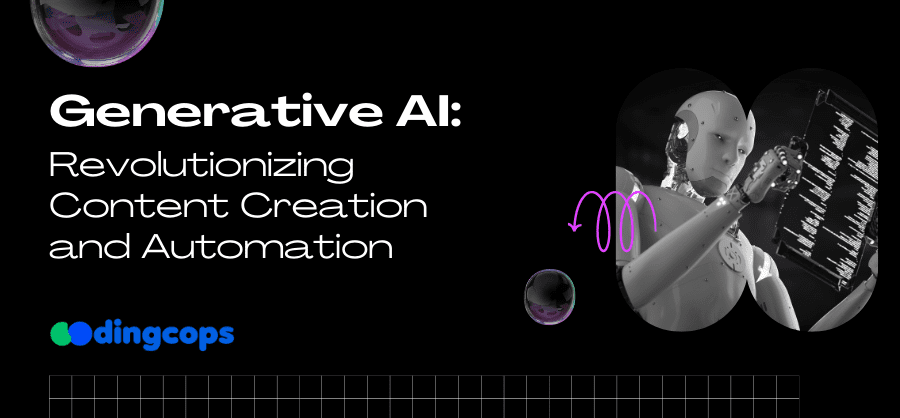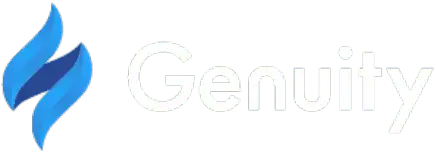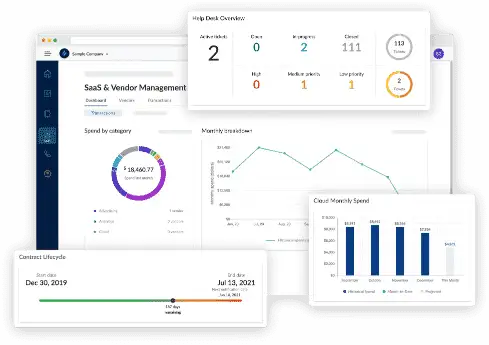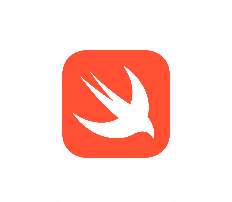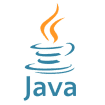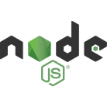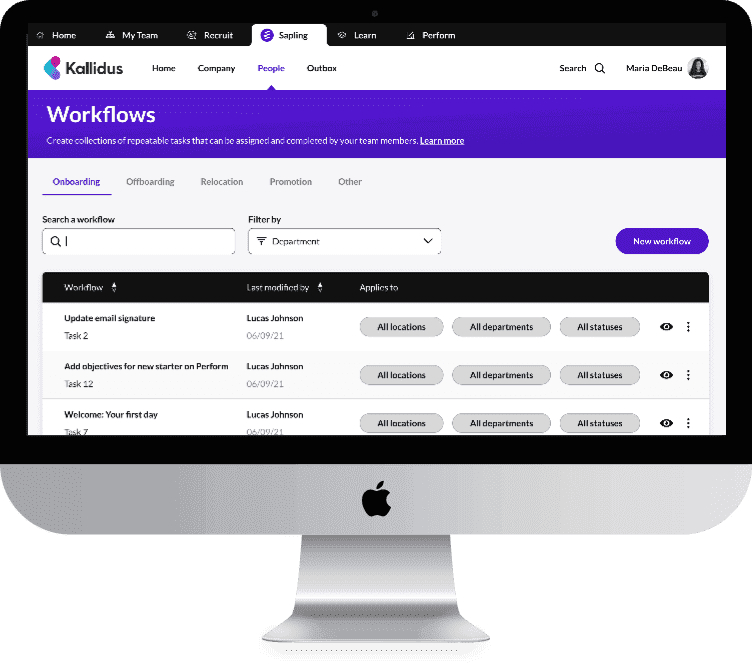Have you ever wondered what is behind the favorite application you use daily in your life? You spend plenty of time scrolling, browsing, or viewing your favorite application, but know nothing about what’s happening at the backend.
Isn’t it strange?
According to a survey by Statista, there are 5.56 billion internet users, and 5.24 billion people in the world are addicted to social media. But no one knows about the things happening behind every application they use.
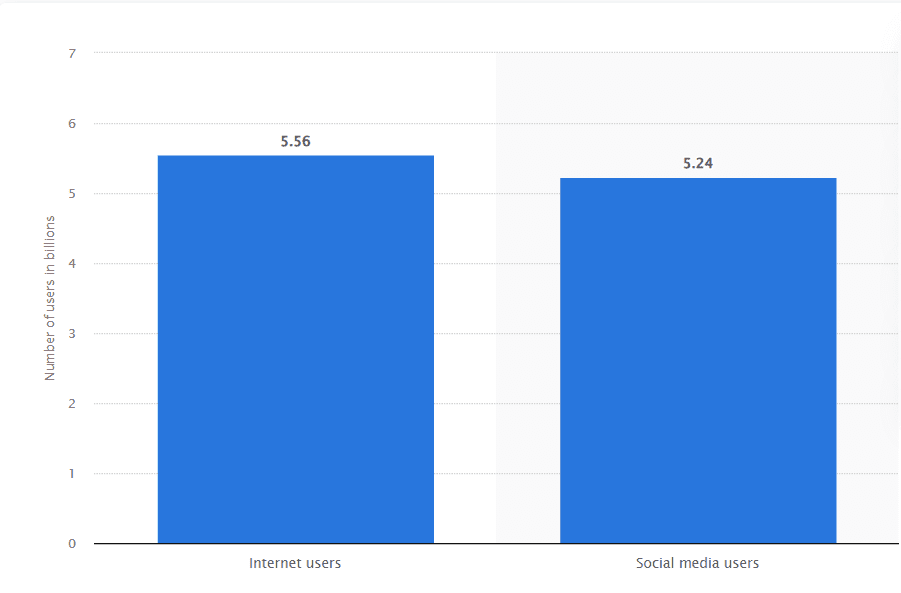
We are pretty sure that you haven’t thought about what powers every application on the internet behind the scenes.
Every tap, scroll, or swipe is a result of some combination of technologies, called a tech stack. These technologies work together to deliver a smooth user experience; from front-end to backend and databases, each role is played by a different technology.
In 2025, the demand for efficient, future-ready tech stacks is higher than ever. Businesses look for solutions that are future-proof and smart. Hence, to achieve their goals, they look to hire professionals with the right tech expertise.
So, in today’s blog, what’s new we have for you? We are here with the top 10 tech stacks to work with in 2025.
So, let’s start!
What is the Tech Stack?
A tech stack comprises multiple technologies, including programming languages and libraries, tools, and frameworks for constructing and operating contemporary software applications. The software application works with assistance from databases, APIs, and hosting infrastructure that are part of the tech stack.
Why Tech Stack Matters?
Let’s understand with an example.
Suppose you are to build a house. To build a house, you not only need to have bricks; you need cement, wood, gravel, plumbing, paint, wiring, etc. Besides all this, you need a team of professionals with solid expertise in building houses in the right order.
Similarly, building a software application is not only about gathering requirements and writing code. It is also about the tools, frameworks, libraries, programming languages, databases, and cloud platforms, all coming together to deliver a top-notch, modern application.
When all these players come together, they form a tech stack.
Why does the tech stack matter?
The tech stack you choose holds sheer importance because it influences the project’s development speed, application performance, stability, cost, and ability to attract talent.
If you choose the wrong stack, you will be in hot water. It will lead to project delays, failure to meet deadlines, technical debt, and user dissatisfaction. Hence, choosing the right stack ensures your project is on the right track, progressing efficiently, and meeting deadlines while confining itself to the prescribed budget.
Components of a Technology Stack
There are three core components of a tech stack. Let’s find out:
- Frontend
- Backend
- Database
Frontend Side
Frontend is also known as client-side. It is the interface that users see. It is the part with which users interact and is the face of your application. Technologies that come under the front-end are HTML, CSS, JavaScript, and UI frameworks.
Backend Side
The backend is commonly known as server-side and is the brain of the application. It is the place where logic resides. The backend is responsible for running the application by handling requests from the frontend. It comprises web frameworks, programming languages, servers, and operating systems.
Database
It is the memory bank of any application. A database stores the data of an application, such as user profiles, user information, product information, etc. Without the database, you can’t store your app data.
Top 10 Tech Stacks to Hire for in 2025
1. MERN Stack
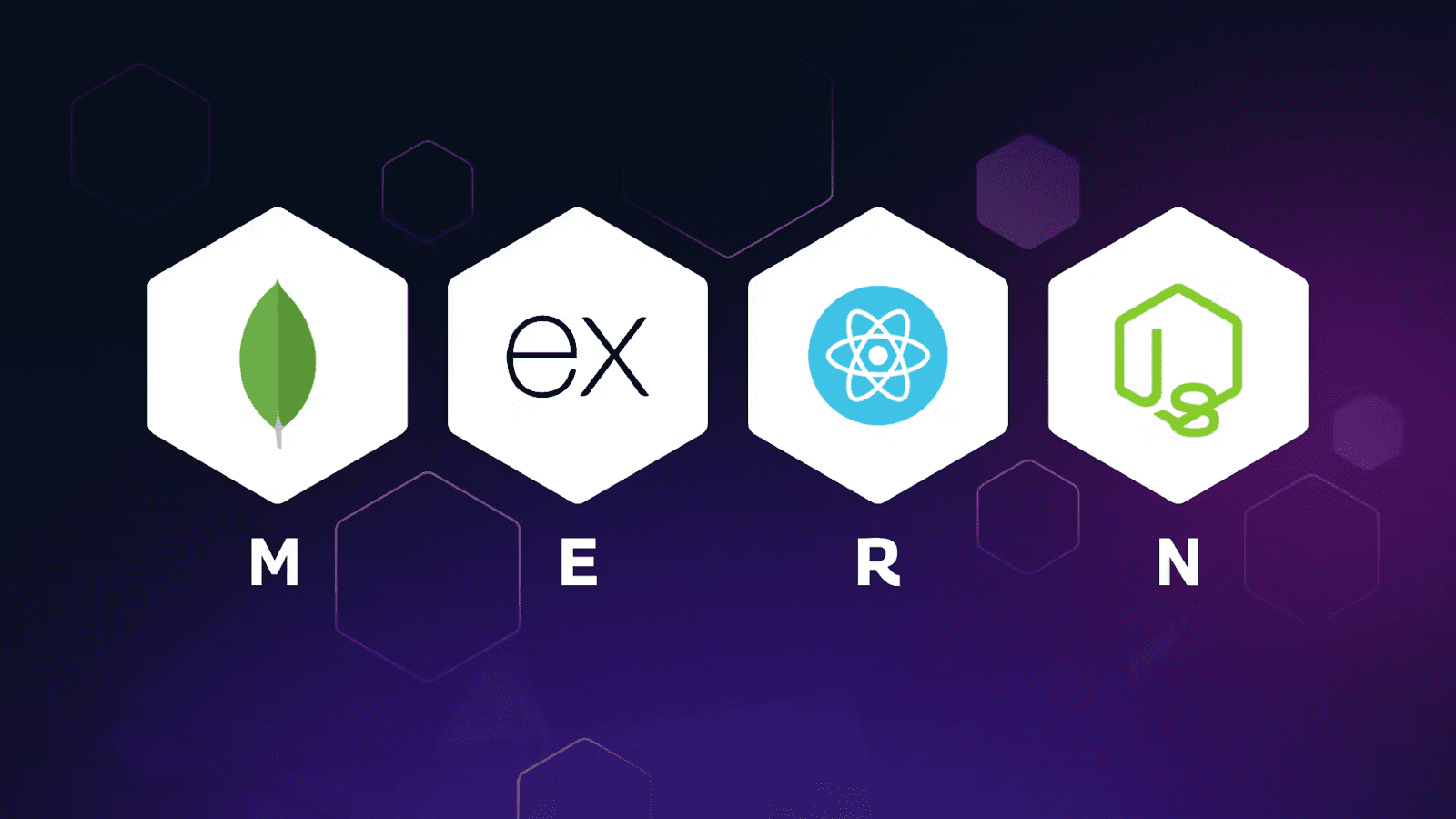
The name MERN is interesting as it is an acronym for MongoDB, Express.js, React.js, and Node.js. It is a popular software development stack that creates exceptional full-stack web applications.
It comprises frontend and backend technologies, which empower it for full-stack development.
Let’s discuss its components.
- MongoDB
It is a NoSQL database system that stores the data of the application in an adaptable document structure.
- Express.js
It is a web development framework built on top of Node.js. It enables developers to focus on application logic by furnishing routing, middleware, and templating technologies.
- React.js
For building intuitive and responsive user interfaces, React.js is used. One can achieve rich user experiences using React’s component-based architecture.
- Node.js
It supports developers by allowing the JavaScript code to be executed outside of the browser. As a result, front-end and back-end developers get to use JS, achieving a more cohesive development environment.
2. MEAN Stack
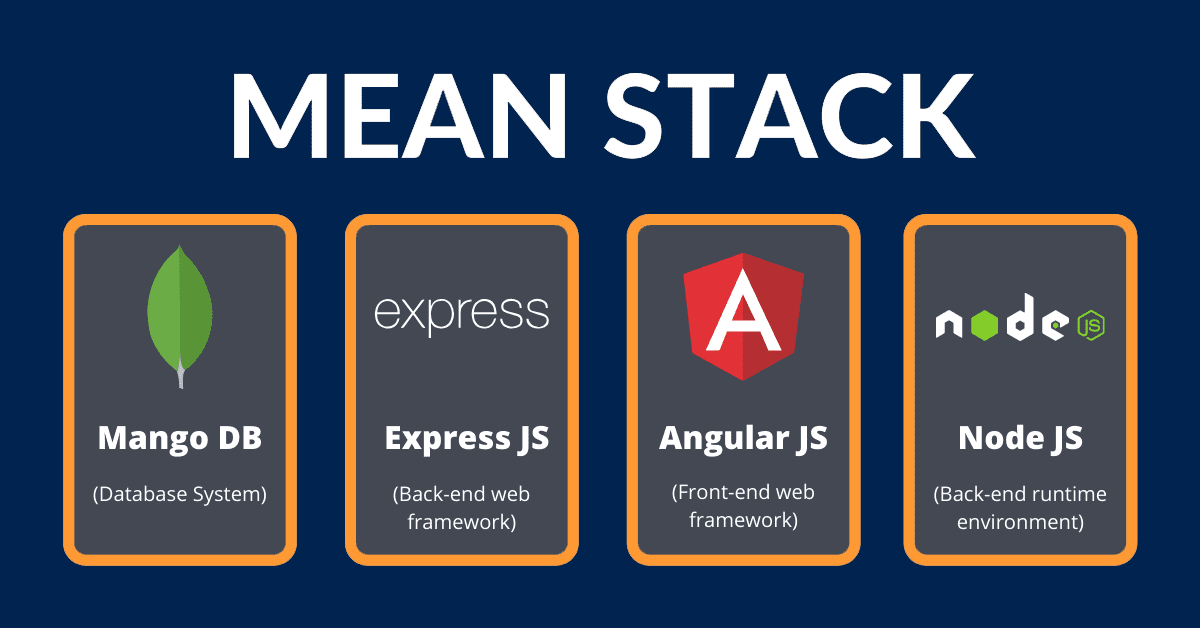
In the 2nd spot, we have MEAN stack. It is also used to build full-stack web applications and is an acronym for MongoDB, Express.js, Angular.js, and Node.js. Alike the MERN stack, MEAN follows an effective approach by utilizing JS across the development process.
- MongoDB
MongoDB in MEAN has similar responsibilities to those in MERN. It offers flexible data storage and is the best choice for storing complex data that diverges from strict relational database schemas due to its document-oriented structure.
- Express.js
It provides middleware, routing, and templating functionalities while streamlining the process of building web applications.
- Angular.js
It delivers two-way data binding, routing, and dependency injection and provides a more structured method for creating interfaces.
- Node.js
Node.js plays its role as the JavaScript runtime environment, empowering programmers to execute JavaScript code outside the browser.
3. LAMP Stack

Here we have another stack named with its acronym, i.e., Linux, Apache, MySQL, and PHP. In this stack, Linux is the operating system, Apache is the web server, MySQL plays the role of database, and PHP is the programming language.
It is a user-friendly and scalable stack that focuses on backend development.
- Linux
Linux is the operating system on which LAMP is built. It is a brilliant OS for running web servers and other software because of its stability and safety. Moreover, it is open-source, which makes it a top choice for developers.
- Apache
It is the front-desk agent for your application. Users’ browsers send requests to Apache, and its job is to identify and distribute the necessary content or files.
- MySQL
MySQL is the database where the data from LAMP is stored. It manages and retrieves the data using the query language.
- PHP
It is one of the most popular programming languages, and in LAMP, it serves as the website builder. It uses data from the database to generate dynamic web content.
4. Python-Django Stack
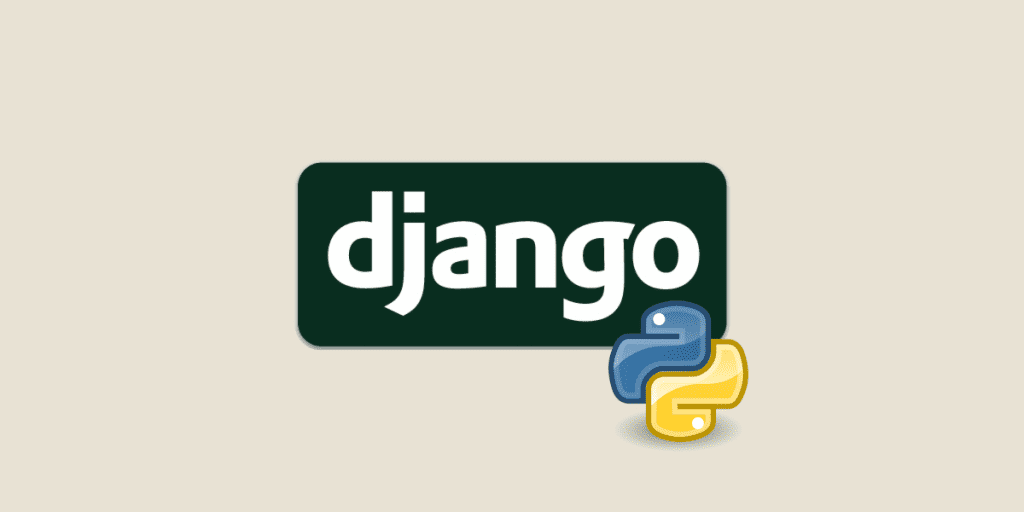
Next, we have the Python-Django stack on our list. Python functions as a programming language that gets support from the high-level web framework Django to create web applications. This combination delivers a robust complete solution to construct applications and APIs that provide secure scalable and maintainable online functionality.
- Python
It is a high-level programming language capable of working for various purposes. It understands machine code, and its syntax is more like a human language. Using this language, you can build any application, from a standard to a mid-level, and complex application.
- Django
Django assists Python in URL routing, object-relational mapping, and authentication. It enables the rapid development of secure and maintainable websites. Moreover, it provides tools and structures for building applications.
5. Spring Boot

Spring Boot is a contemporary choice for building backend systems. It is a top choice for creating microservices and web applications with Java programming. It enables developers to build applications utilizing the features of the Spring Framework.
Let’s discuss the components of Spring Boot development.
- Java
Java is the core component of the Spring Boot framework. It is the language in which Spring Boot applications are written. Due to its object-oriented nature, it furnishes excellent readability, flexibility, and a large developer community.
- Spring Boot
The second thing in the Spring Boot stack is Spring Boot itself. It is a preconfigured toolkit meant to be used with Java development. It comes with some irresistible features, such as autoconfiguration, starter projects, and embedded servers.
6. JAMstack

It is one of the modern and elegant web development stacks that use JavaScript, APIs, and Markup. The best thing about Jamstack is that it builds static applications faster while making them scalable and secure.
- JavaScript
The role of JavaScript in Jamstack is to handle dynamic functionalities.
- APIs
APIs are the bridges that assist in communication and data exchange between software applications. In Jamstack, APIs are used for backend services.
- Markup
Markup is the pre-built HTML files that work effectively with the Jamstack architecture for managing content via an interface while offering it on APIs for building apps efficiently.
7. Next.js
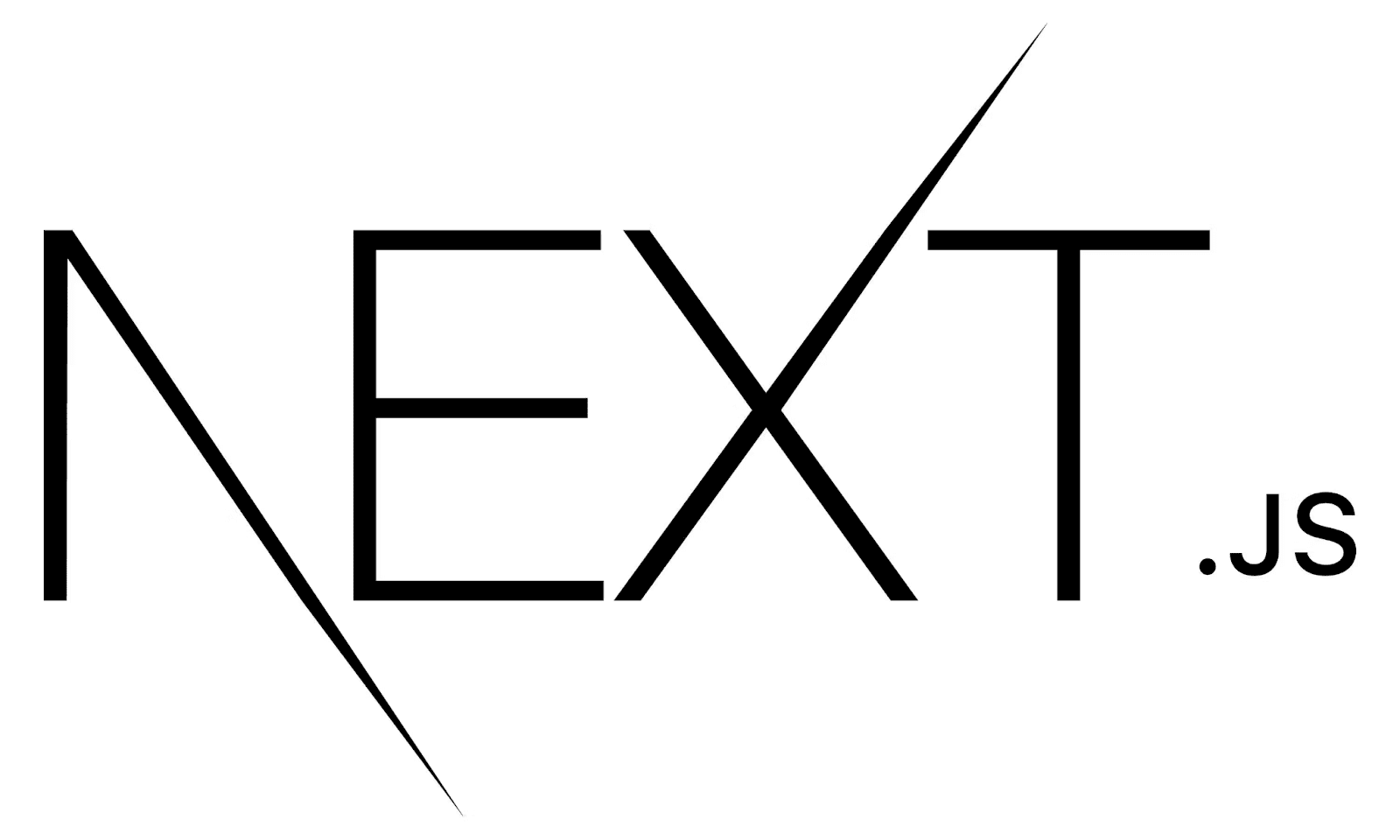
Next.js is built on top of React, which makes it a front-end development framework. It is a top choice for building web applications that are scalable, quick, and SERP-friendly.
Let’s discuss what Next.js has to offer:
- Server-Side Rendering and Static Site Generation
With Next.js, you can pre-render pages on the server or at build time. It elevates the chances of ranking higher in SERP and improves the overall experience.
- Data Fetching
You witness various data fetching methods that fetch data at build time or request time.
- Image Optimization
Next.js automatically optimizes images while ensuring optimal loading performance by resizing and compressing images.
8. Ruby on Rails
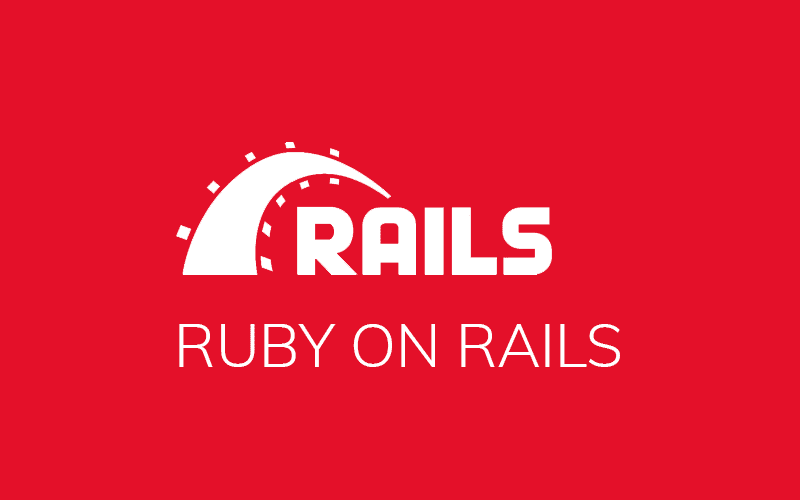
Got limelight because of its “convention over configuration” approach, Ruby on Rails is another popular choice for web development. It comprises Ruby, Rails, and SQLite or PostgreSQL. Moreover, it has a large and active community that provides documentation, tutorials, and plugins.
- Ruby
It is a dynamic, object-oriented programming language with a beautiful syntax.
- Rails
Rails is the framework that follows the model-view-controller design pattern.
- SQLite or PostgreSQL
For storing data and effective data management, SQLite or PostgreSQL is integrated with RoR.
9. Serverless Stack

The thing that we have the latest in software development is the serverless architecture. Using this architecture, developers don’t have to worry about infrastructure and server management, as this stack allows programmers to concentrate on application code rather than the infrastructure that supports it.
It uses AWS Lambda, Google Cloud Functions, and Azure Functions.
10. .Net Stack
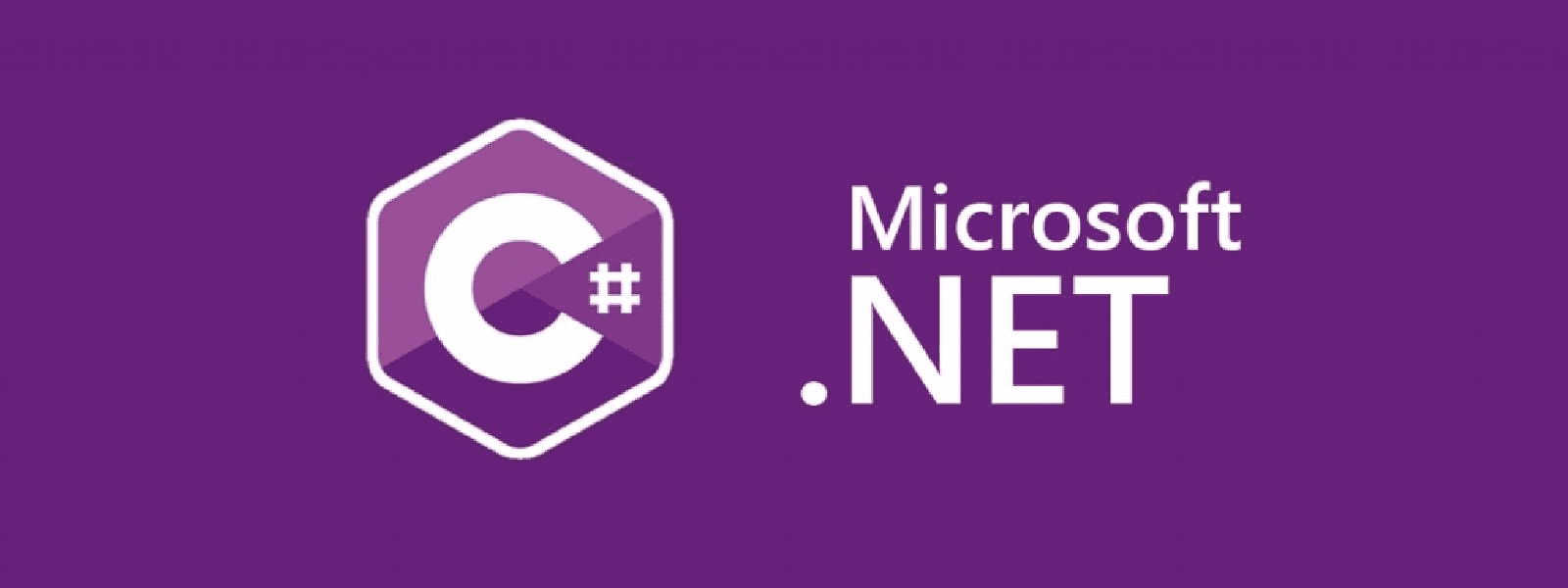
Developed by Microsoft, the .NET stack is a powerful technology that enables developers to build secure, scalable, and high-performance applications. It comprises ASP.NET Core, C#, and Microsoft SQL Server.
You enjoy smooth integration with the Microsoft ecosystem, which makes it a loved choice for Microsoft lovers.
- ASP.NET Core
It is a framework for building web applications.
- C-Sharp (C#)
It is the programming language in which an application is written.
- Microsoft SQL Server
Without any doubt, it is the database that stores and manages the data of the application.
Final Words
So, we are done with the top 10 tech stacks that you must hire for in 2025. Choosing the right stack is the key decision you have to make before kickstarting your project. If you complete this step correctly, you will manage to complete your project on an excellent note. Thus, understand your requirements first and choose the tech stack accordingly.

